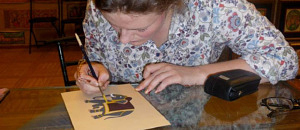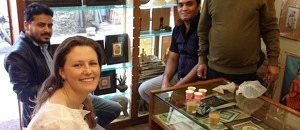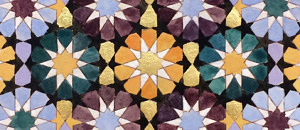Artistic Practice
All paintings are made using natural materials and traditional techniques.
Colour & Pigments
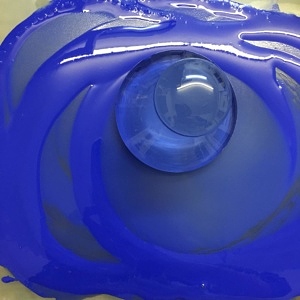

For Elisabeth, one of the main joys of painting is colour. Making paint from pigments that are obtained from the earth – substances which exist naturally in the environment – is the first part of her process. These pigments are minerals in rock form (e.g. lapis lazuli and malachite), pigments from plants (e.g. indigo and rose madder) or from the animal kingdom (e.g. cochineal from insects, also known as carmine – that crazy beautiful red!). Elisabeth learnt much of her craft from alchemist (and wizard!) Dr. David Cranswick.
Handmade Paints
Most of the paint Elisabeth uses are handmade – hand ground with a binder – normally gum arabic (sap from the acacia tree) and she occasionally adds honey for works on linen to add flexibility to the medium. Through grinding the pigments in a circular motion on a slab, Elisabeth has become attuned to the qualities of the rocks and has learnt the subtle nuances of each pigment and the varying amounts of binder that it needs.
Some mineral pigments require extensive washing and filtering to achieve a pure, bright colour. Some become dull with extensive grinding, and so learning the nature of each individual pigment is essential. This is a labour-intensive process, however; hand ground, handmade paint has a vibrancy that is unparalleled by industrial made paint. As we know from the industrial mass-production of much of our food and clothing, our connection to the source of an item or product is often lost, disconnecting us from the meaning and labour inherent in it. Sourcing rocks and grinding rocks is a labour of love – the process gives in return.
Unlike industrially made paint, in which machines mill the pigment to a standardised grain, with handmade paint every rock granule is a unique shape. These ‘geological’ pigments are both more translucent and more reflective, trapping the light to give a beautiful luminosity. Elisabeth explains: “I love the human element to this paint making process – the particles are imperfect and yet more beautiful than their machine-made counterparts. The perfect imperfection of the human hand!” Elisabeth uses these pigments because of their intrinsic beauty, naturalness, unique geological histories (mineral pigments) and to connect to the earth.
Ground
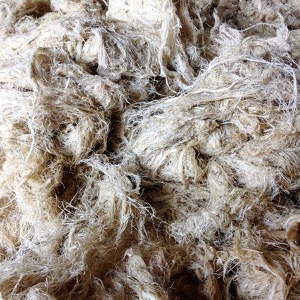
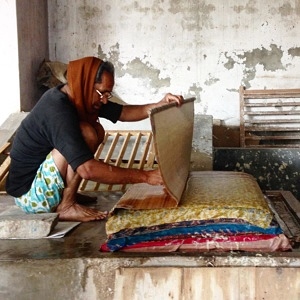
Elisabeth mainly works on hemp wasli paper that is handmade by a family of traditional papermakers (Hussain Papers) based in Sanganer, Jaipur, India, who settled there 800 years ago. She also works on raw linen canvas and gesso panels.
Natural Pigments
Elisabeth uses natural pigments sourced from various suppliers in the UK and in India. Some of her favourites are lapis lazuli, malachite, azurite, cinnabar, red lead and carmine among others.
Gilding
Gilding is done with 23 and 24 carat Italian gold leaf. Platinum and palladium leaf are also used. Elisabeth also uses 23 and 24 carat shell gold in her work.
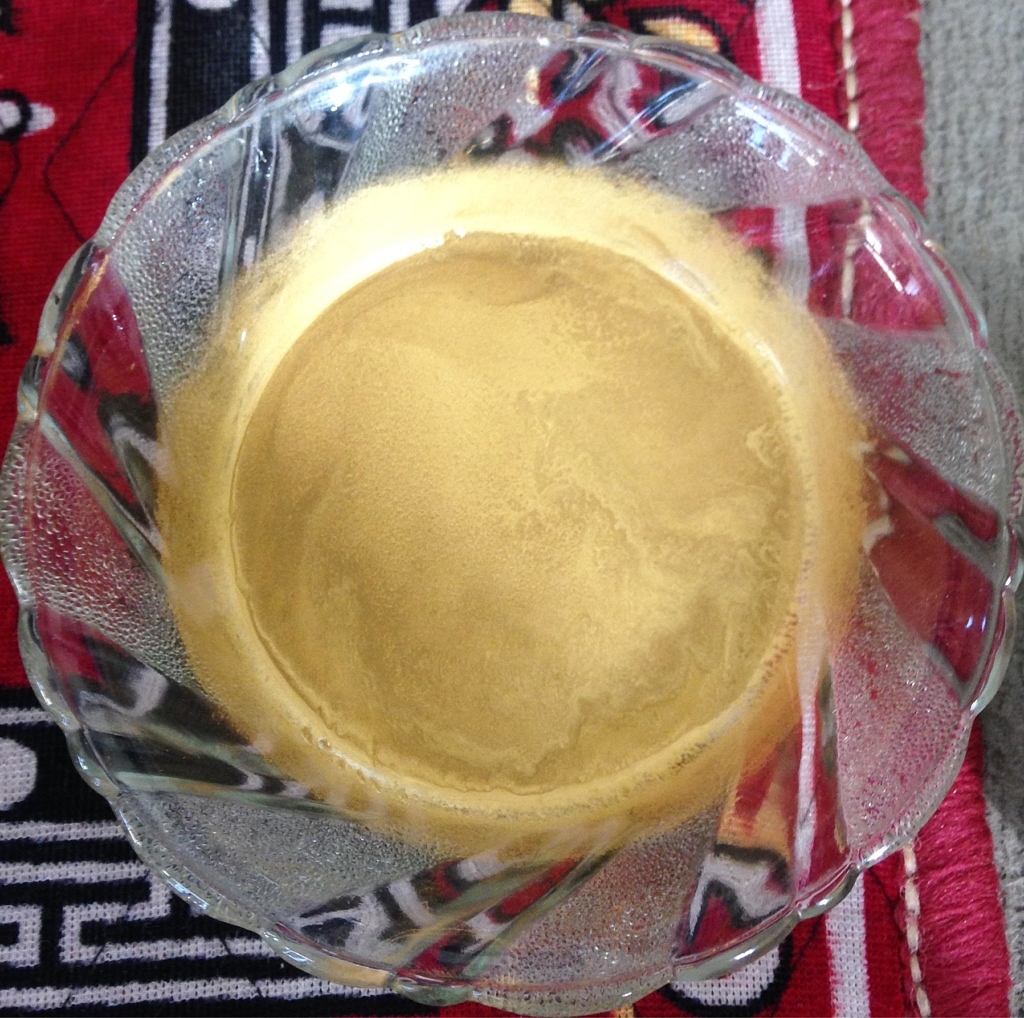
Gold
Gold could simply be described as a malleable, ductile metal that has a radiant warm yellow glow. This description cannot account, however, for our mystical fascination with it over millennia. Our timeless obsession with gold has been attributed to its colour, shine and symbolic significance. One can only imagine the excitement when the first flecks of gold were seen shimmering in sandy riverbeds or when the first nugget was pulled from the dark earth to glitter in the sunlight! The shimmering, glittering, pulsating beauty of gold – transforming with the light as the craftsman seeks to transform his soul – is applied to objects that humans have valued most dear since time began; –its purpose – a gateway to the Otherworld. Gold, unlike other pigments, absorbs little or no light but reflects it back at us. To see gold and to appreciate its alluring and wondrous qualities, light is the intermediary that endows gold with its form. The multifarious examples of the uses of gold across civilizations point to its universality, mystery and power.
